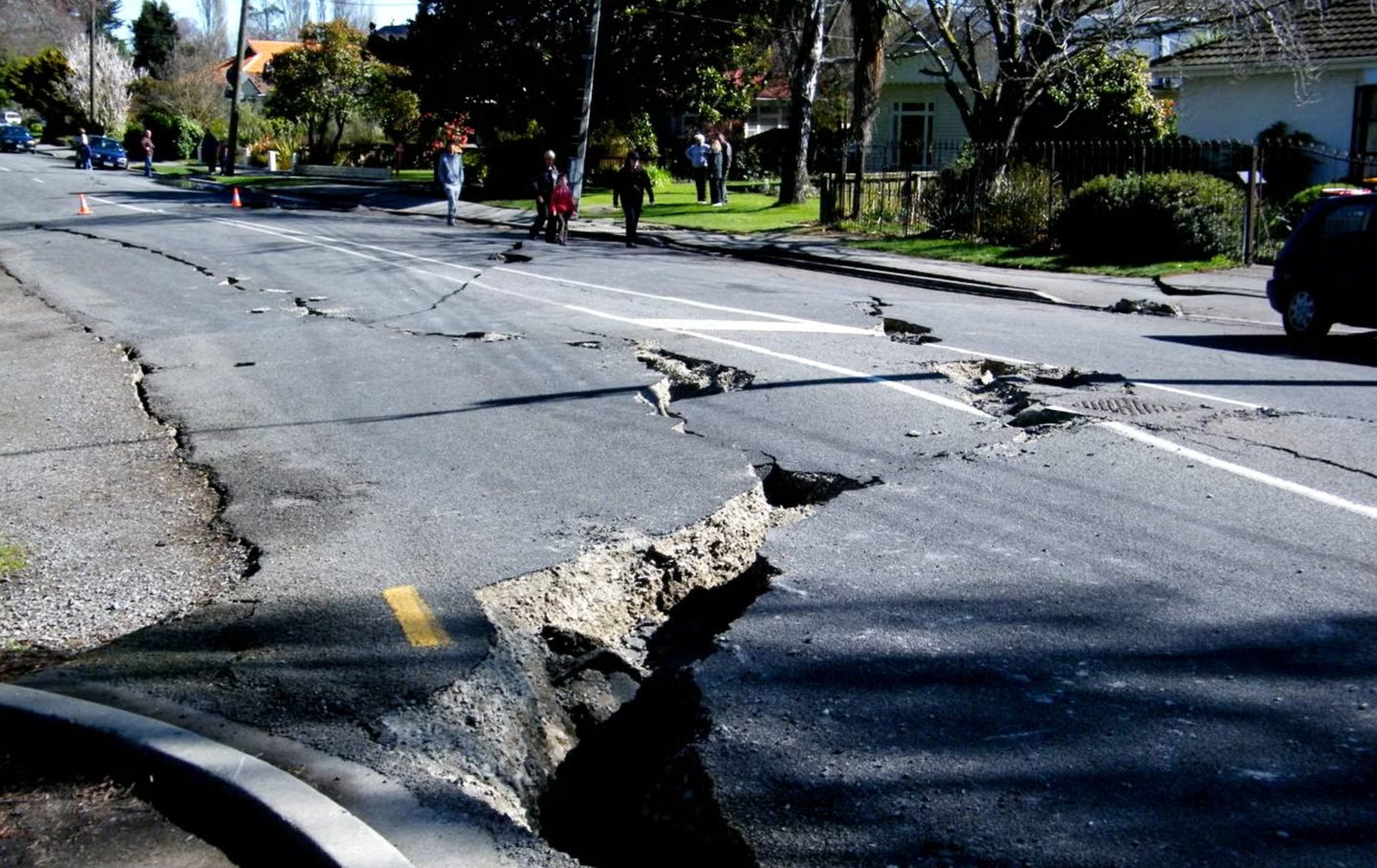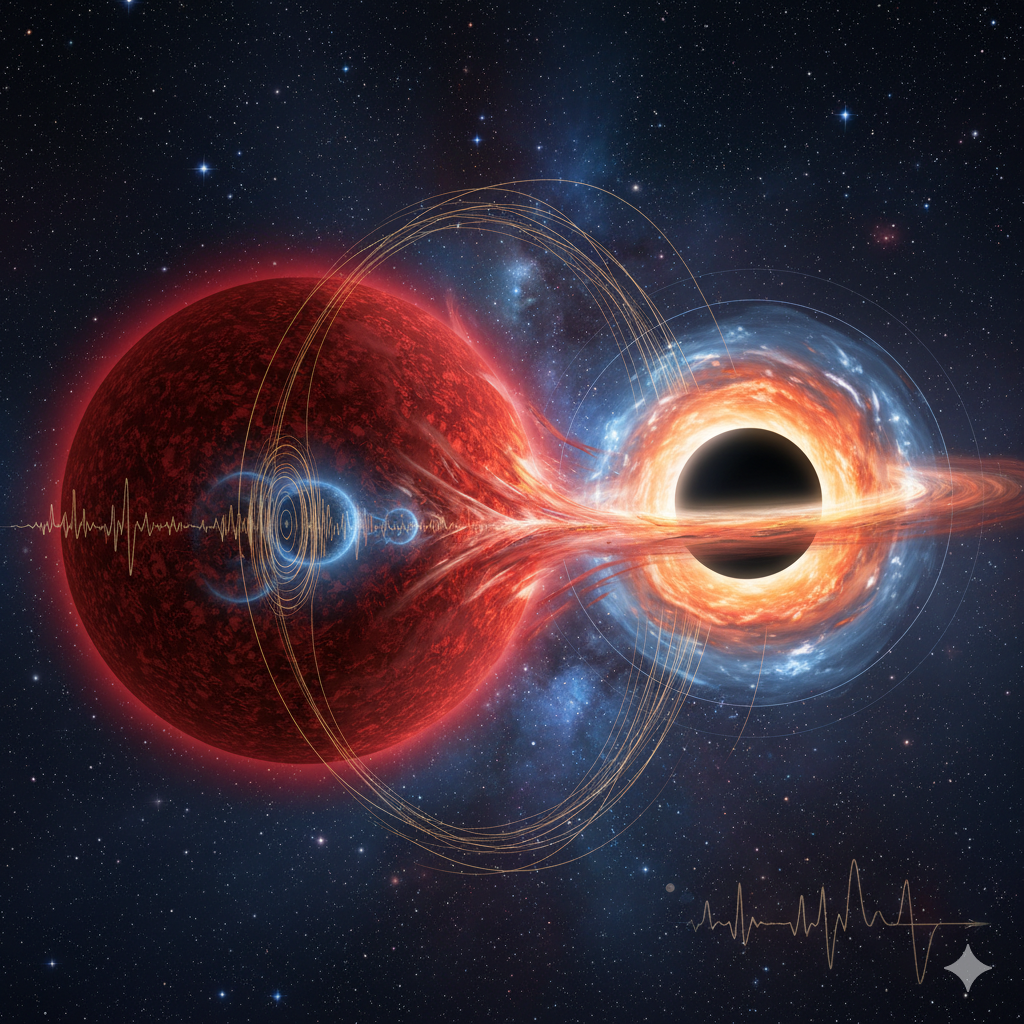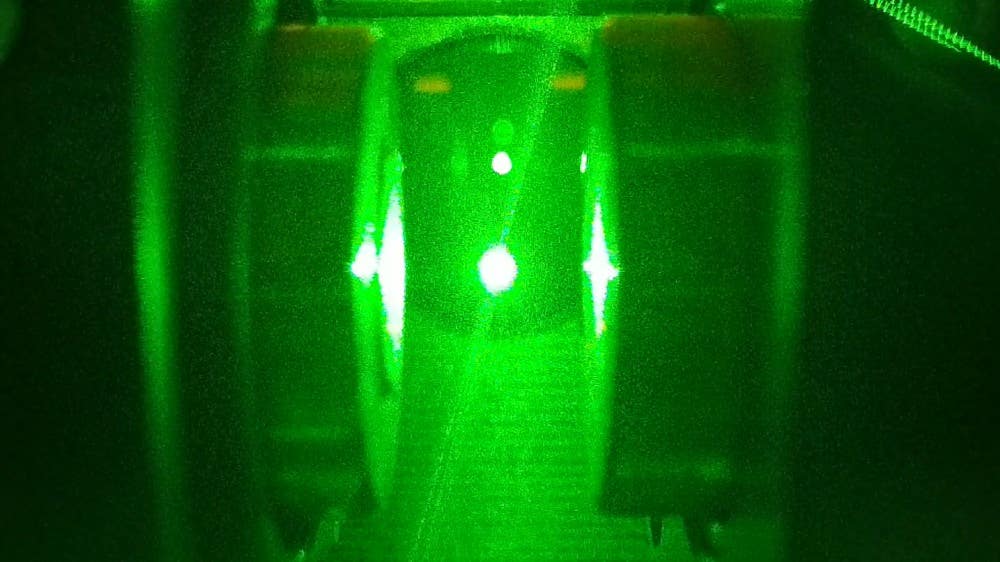Scientists discover a new type of earthquake and it’s man made
A new slow-moving earthquake type triggered by fracking may help reduce the risk of damaging seismic events.

A new kind of earthquake has been detected in western Canada, one that shakes the ground slower and longer than typical seismic events. (CREDIT: iStock Images)
A new kind of earthquake has been detected in western Canada, one that shakes the ground slower and longer than typical seismic events. These earthquakes, recorded during hydraulic fracturing for oil and gas in British Columbia’s Montney Shale formation, challenge what scientists thought they knew about how injected fluids can trigger earthquakes.
Instead of following the usual rules of fast-moving rupture and quick energy release, these events unfold more gradually. Researchers say this slow rupture may be linked to a little-understood process known as aseismic slip—a type of movement along a fault that doesn't release strong seismic energy. This discovery not only changes how scientists view human-induced quakes, but it could also help shape safer drilling methods in the future.
A Discovery Hidden in the Noise
Using a dense seismic array of eight stations surrounding an active hydraulic fracturing well, a team from the Geological Survey of Canada, Ruhr-Universität Bochum, and McGill University recorded seismic activity during the injection process. They tracked about 350 earthquakes near the site, and around ten percent of them stood out.
Unlike typical earthquakes, these ones had longer durations and showed different waveform patterns. The waveforms had a broader start, with less sharp P- and S-wave arrivals. After the main shaking, they trailed off into low-frequency energy—much like what is seen in volcanic areas or in slow tectonic slips. These characteristics led the team to call them Earthquakes with Hybrid-frequency Waveforms (EHWs).
“We’d assumed that induced earthquakes behave like most other earthquakes and have roughly the same rupture speed of two to three kilometres per second,” said Rebecca Harrington, a professor at Ruhr-Universität Bochum. But EHWs told a different story. In one comparison, a regular earthquake of magnitude 1.5 settled down in about seven seconds. A similar-magnitude EHW, however, continued to shake the ground for more than ten seconds.
Beyond Fluid Pressure: Aseismic Slip in Action
Traditionally, scientists explained earthquakes linked to hydraulic fracturing in two ways. The first theory focuses on direct fluid pressure from injections opening up new fractures or unclamping existing faults. The second describes how pressure from injected fluids changes the surrounding rock’s stress field, sometimes pushing nearby faults to slip.
Related Stories
But in both cases, these earthquakes are thought to happen fast, as faults break under the sudden stress change.
Recent lab experiments and computer models, however, offer another explanation. They suggest that fluids may not directly cause an earthquake, but instead start a slow movement along fractured rock—called aseismic slip. This slip doesn’t make noise you’d feel on the surface. Yet it can gradually shift stress toward nearby, critically stressed faults. If one of those faults hits its breaking point, a full seismic event can follow.
In lab tests, this transition has been seen. Slip can begin slowly, with no seismic waves, and then turn into a full rupture. Under the right conditions—such as high clay or organic content in the rock—this slow slip can reach larger faults and trigger a larger quake. These experiments mirror what scientists now think might be happening in the field.
However, spotting this in nature has been hard. Signals from aseismic slip are weak and low in frequency. They’re often drowned out unless you're using a very sensitive and dense array of instruments close to the well. That’s exactly what this new study did.
EHWs Show Signs of Slow Rupture
The new waveforms aren’t just curious shapes on a screen. They reveal how the earth moved during these events. Scientists examined each waveform’s corner frequency—the point where the signal's energy drops off—as well as how long the earthquake took to unfold and how much energy it released.
EHWs consistently had lower corner frequencies and longer source durations. That means the fault likely ruptured slower than in a normal earthquake. These features align with what’s seen in low-frequency earthquakes often observed in tectonic plate boundary zones where faults slip slowly.
The study also ran numerical simulations that combined pore pressure effects and elastic stress modeling. The models showed that even a modest amount of aseismic slip near the well could shift enough stress to nearby faults to produce full-blown earthquakes. This slow loading effect can outpace the pressure front of the injected fluids, meaning earthquakes could be triggered farther from the well and sooner than expected.
Bridging the Gap Between Quiet and Violent
The German-Canadian team suggests that EHWs represent a kind of middle ground between silent slip and sudden rupture. “If we understand at which point the subsurface reacts to the hydraulic-fracturing process with movements that don’t result in an earthquake and, consequently, cause no damage to the surface, ideally we could use that information to adjust the injection procedure accordingly,” said Harrington.
In other words, if operators could detect these slow-slip signals early, they might change how and where they inject fluids to reduce the risk of larger quakes.
This research offers rare field-based evidence that supports what until now had mostly been theory and lab work. It marks the first time slow ruptures linked to fluid injection have been documented with such detail outside of controlled experiments. As Hongyu Yu, formerly at Ruhr-Universität Bochum and now at the Geological Survey of Canada, helped show, EHWs could be crucial for understanding the full range of fault behavior caused by industrial injection.
Rethinking Earthquake Risks from Fracking
Hydraulic fracturing has long been associated with small to moderate earthquakes. While most of the concern has centered around fluid pressure, these findings suggest that slower, quieter fault movements could also be playing a major role.
In some cases, aseismic slip might occur on its own. In others, it could act as a trigger, quietly pushing nearby faults to the edge before a larger rupture follows. The challenge now is developing systems that can reliably detect these slow-slip events in real time and at the scales used in the field.
In places like the Western Canada Sedimentary Basin, where some of the largest fracking-induced earthquakes have occurred—including several over magnitude 4.5—this new understanding could help explain why traditional stress models don’t always match real-world events.
Migration speeds of seismicity sometimes outpace fluid diffusion, and the total volume of injected fluids is often too low to account for the quake sizes. But with aseismic slip in the picture, these mysteries begin to make more sense.
Ultimately, EHWs offer a window into fault behavior that had gone largely unnoticed. They provide insight into a slow-motion process that may underlie many of the induced earthquakes happening today. And by recognizing these quiet precursors, there may be a way to make energy extraction practices safer and more predictable.
Research findings are available online in the journal Nature Communications.
Note: The article above provided above by The Brighter Side of News.
Like these kind of feel good stories? Get The Brighter Side of News' newsletter.



